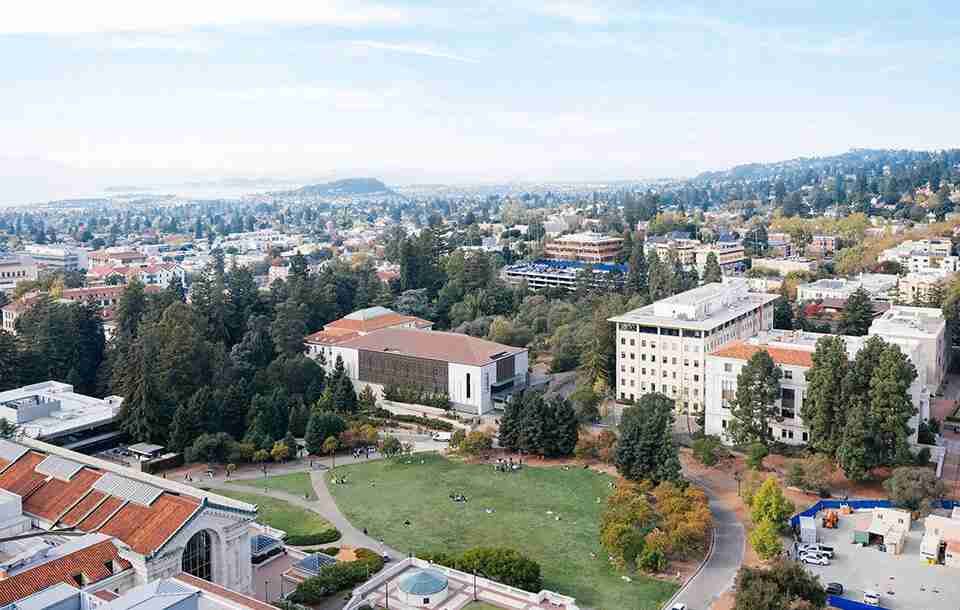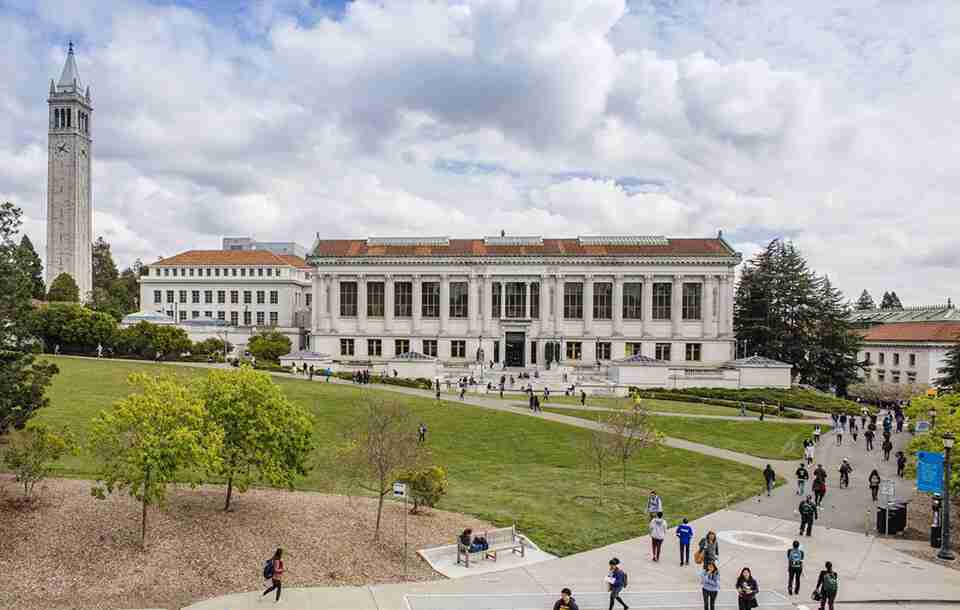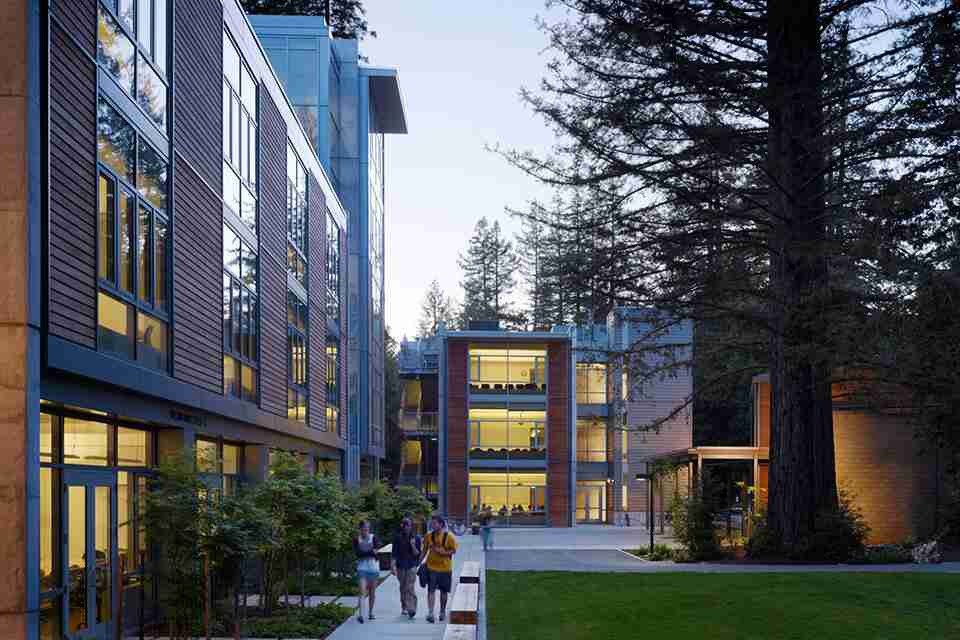View This Article in BOSS Magazine
How the University of California sets the standard in procurement excellence

In the 1860s, the notion that higher education should be available to everyone was simply radical. It was also the bedrock upon which the University of California was built and remains the spirit of one of the most prestigious, world-shaping centers of educational excellence in the world.
At its inception, the public university had only 10 faculty members and 40 students. Today, 2 million UC alumni are living and working all over the globe, representing the system’s unwavering mission to bring the best of human potential to bear on the exigent issues of our time.
Governed by the Regents of the University of California, the UC system is composed of 10 campuses, five medical centers, and three affiliated national laboratories. According to the office of UC president (UCOP) Michael V. Drake, “We adhere to the highest standards of professionalism, quality, and expertise. We strive to be leaders in our respective disciplines and to foster a system that delivers superior outcomes.”
With career opportunities across a plethora of diverse fields, including technology, science, communications and the humanities, UC’s contributions to society underpins the largest state economy in the country – which is also the largest sub-national economy in the world. If California was its own country, its GDP would eclipse that of India and the UK; $21 of economic output is produced by UC for every dollar invested by the state.

The UC procurement and supply chain teams help purchase over $10 billion in goods and services annually for the system, which includes all campuses, medical centers, the Division of Agriculture and Natural Resources, and Lawrence Berkeley National Laboratory. Tasked with ensuring the resilience of the system’s supply chain, UC procurement deploys strategic sourcing and supplier relationship management to make the most of their spending power.
As a large public institution, UC operates as a single university, enabling their procurement and supply chain programs to serve the entire system. Centralization allows each campus to save money and benefit from optimized efficiencies.
Procurement excellence
In 2018, UC sought to improve its procurement model to achieve a $500 million annual benefit to the system. The initiative, which extended the drive across the entire supply chain, included the development of several projects, including the innovative Procure-to-Pay (P2P) program. According to UCOP, “the strategy provides control and visibility over the entire life cycle of a transaction. This not only provides insight into cash flow and financial commitments, it can also eliminate inefficiencies and reduce mountains of paperwork.”

By integrating system-wide buying and payment activities, P2P helped to improve processes, increase revenue for supplier incentives and discounts, provide guidance on preferred payment methods and their implementation solutions and systems, and make operations consistent across the 10 campuses. P2P is only one of several programs set into motion by SC500.
SC500’s successes included the expansion of the supply chain to UC Davis, UC Merced, UC San Francisco, and UC San Diego, and the funding of a procurement policy and compliance contract to provide support throughout the system. With their goals met, in 2022 the next phase of the procurement excellence program began.
This phase focuses on scalability and continuous improvement, connecting the whole UC system, including laboratories and healthcare systems, to, as the office put it, “Deliver innovative supply chain solutions in support of teaching, research, and public service.” The areas of focus encompass economic and social responsibility, nurturing partner relationships, driving savings and demonstrating value, increasing operational efficiency, and managing risk.
There are several key projects in this phase of the overall program that are driving unprecedented cost savings to the system. One such program employed UC’s fully integrated eSourcing platform CalUsource, which is used for sourcing, contracting, and spend analysis, to restore $2.8 billion in spending.
All university spend data is funneled into CalUsource every month, where the data is enriched and used to provide information for buying decisions, as well as a tool to track required reporting. However, the tool loses visibility when there are changes in university-wide systems such as travel and finance. The UCOP, the CalUsource team, campus procurement teams, and the analytics and IT groups collaborated to restore that spend visibility for UC San Diego, UC Merced, and the UCOP.
Together, they developed a unique, standardized process to deal with those changes that all UC locations can use. “Access to spend data from all UC locations is essential to identify opportunities for both new UC systemwide sourcing initiatives and growing adoption of existing agreements,” said Thomas Trappler, UC’s Associate Director for IT Strategic Sourcing and Systemwide Procurement. The results included the development of an upgraded file format to help procurement teams analyze spending based on new process and policy needs, as well as setting up recurring monthly data feeds for all spends.
When UC analyzed the system’s use of telecommunications systems, the data showed that, in the past, $53 million in annual spending had not been strategically sourced. The UC IT Strategic Sourcing team joined forces with 36 experts from across the UC system to examine current and future needs and come up with a competitive RFP to change that.

The results were outstanding. In offering five annual agreement renewal options, updating and aligning terms and conditions with the system’s needs and regulatory compliance requirements, creating partnership opportunities to drive value-added programs, and other adjustments, the telecom project reaped $18 million for UC.
Another opportunity arose around the matter of value-added reseller (VAR) agreements. The system uses software from Microsoft and Adobe, whose products can only be purchased through an authorized VAR. With their existing VAR agreement about to expire due to UC’s 10-year limit on supplier agreements, procurement jumped on the prospect of increasing the value of agreements going forward.
Once again, procurement enlisted UC subject matter experts to reach that goal, and through a number of steps – including streamlining and standardizing the software licensing renewal processes – they saved the institution $5.8 million.
Across the nation, hundreds of education systems, nonprofit agencies, and state and municipal governments use UC procurement models to gain efficiencies, add value, and save money. Very smart, indeed.
No other university does as much for so many as the University of California. For almost 150 years, the University of California has educated the brightest minds and helped California become a beacon of innovation. Our campuses routinely are ranked among the best in the world. But our reach extends beyond campus borders. Our people connect the dots, exchange ideas, make advancements and unlock the secrets and mysteries of the universe every day. They engage local governments and underserved schools, save lives and improve health, protect the environment and push the boundaries of space. And it adds up to an immense direct impact on the economy. UC supports 430,000 jobs and contributes over $46 billion to the California economy each year.
Corporate Office
University of California
1111 Franklin St., 5th Floor
Oakland, CA 94607
Phone Number: 800.207.1710
Homepage Link: https://www.universityofcalifornia.edu/
Facebook: https://www.facebook.com/universityofcalifornia
Twitter: https://twitter.com/UofCalifornia
LinkedIn: https://www.linkedin.com/school/university-of-california/
YouTube: https://www.youtube.com/uofcalifornia
Instagram: https://www.instagram.com/uofcalifornia/















